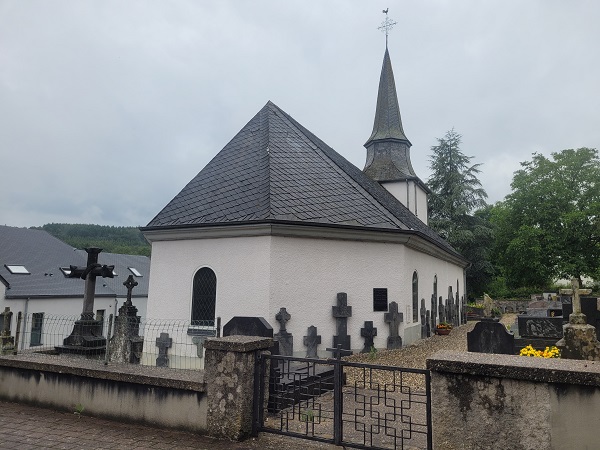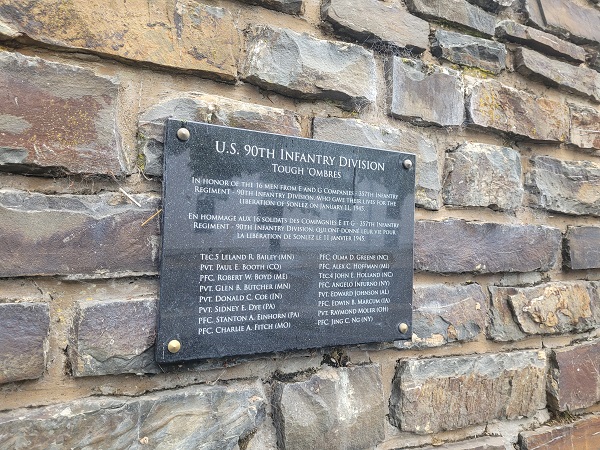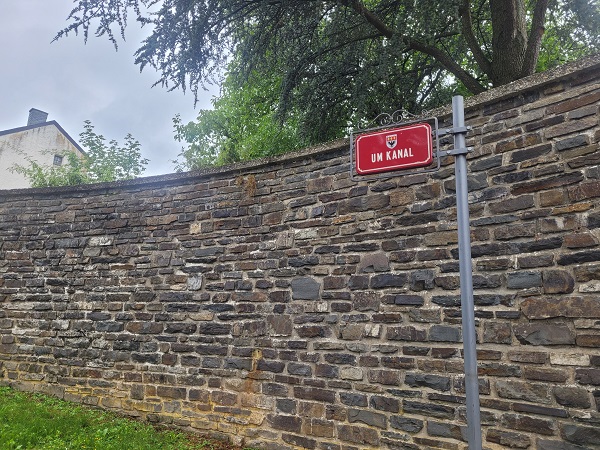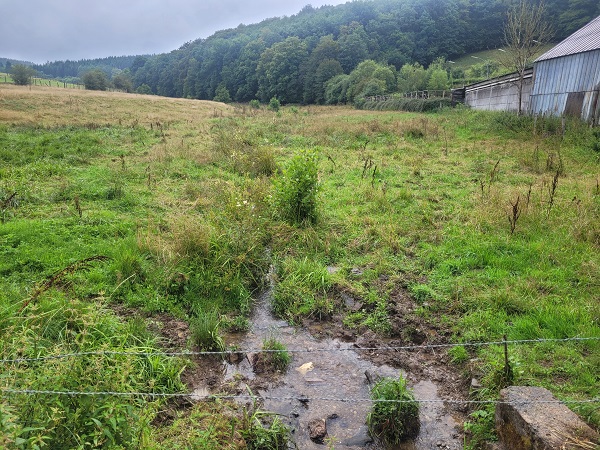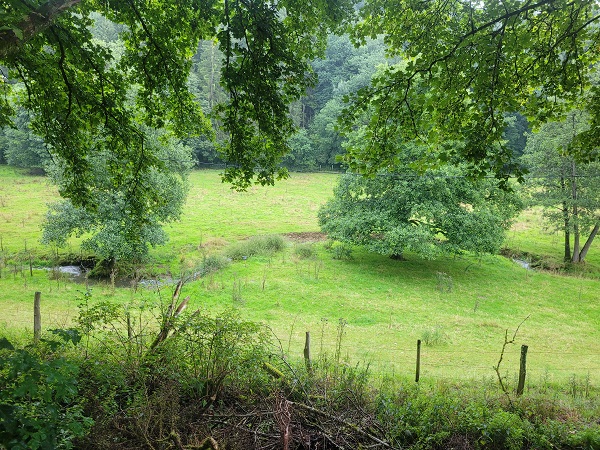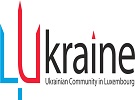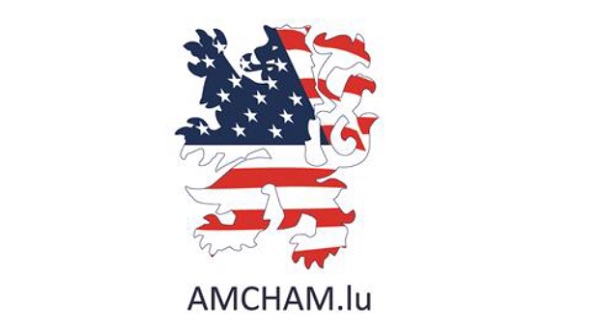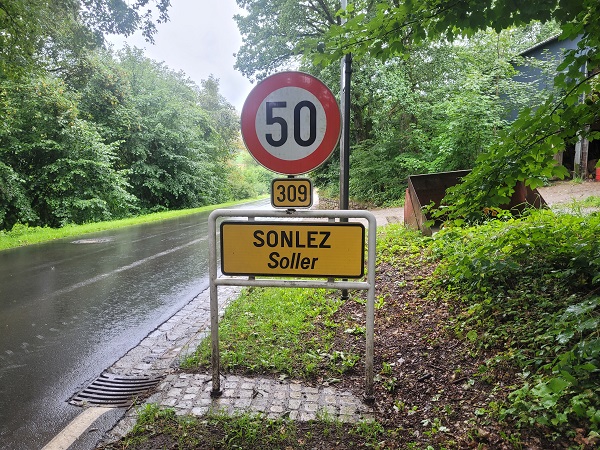 Sonlez road sign;
Credit: Jazmin Campbell, Chronicle.lu
Sonlez road sign;
Credit: Jazmin Campbell, Chronicle.lu
Throughout August, Chronicle.lu will be shining a spotlight on various villages across the Grand Duchy; the focus is mainly on some of the (perhaps) lesser-known villages with particular points of interest or an interesting history (e.g. cultural and/or industrial heritage).
The next article in this series is dedicated to Sonlez, a small village in the municipality of Winseler in north-western Luxembourg (Canton Wiltz) with a population of about 90. Like nearby Doncols, Sonlez (Soller in Luxembourgish) was one of the only historically Walloon-speaking villages in Luxembourg. The signing of the Treaty of London in 1839 saw Luxembourg lose two-thirds of its territory (including most of its Walloon-speaking parts) to the new Belgian province of Luxembourg. In 1980, Luxembourgish writer Alain Atten published a linguistic study on the Walloon dialect found in Sonlez and Doncols.
Sonlez is considered the oldest documented village in the municipality of Winseler. According to the municipal website, it was a Frankish habitat back in the late 700s. Documents dating to the 14th century mention various new owners and administrators, whilst a household statement in 1501 cited just one household in the village. Although the exact origins of the local parish are unknown, Sonlez became the parish seat, which included nearby localities including the chapel of Bras (in today's Belgian province of Luxembourg) between 1803 and 1839; the parish seat was moved to Doncols in 1872. Both the church and cemetery in Sonlez suffered significant damage during the Battle of the Bulge, a major German offensive campaign on the Western Front towards the end of the Second World War. Reconstruction works began in the village following the war. The municipal website also notes that place names and family names that sounded French or Walloon were translated into German during the German occupation of Luxembourg, with original names reintroduced after WWII.
Today, one can witness the lasting impact of the war and particularly the Battle of the Bulge in Sonlez in the form of a memorial plaque dedicated to the sixteen "Tough 'Ombres", i.e. soldiers of the US 90th Infantry Division, who died fighting for the liberation of German-occupied Sonlez. The English text on this bilingual (English-French) plaque, placed on the stone wall next to the local church, reads: "In honor of the 16 men from E and G companies - 357th Infantry Regiment - 90th Infantry Division, who gave their lives for the liberation of Sonlez on January 11, 1945." It also lists the sixteen soldiers and their ranks.
Also historically noteworthy is an unfinished canal that would have passed through Sonlez. The canal was supposed to be built between Buret (Belgium) and Hoffelt (Luxembourg), connecting the Meuse and Moselle rivers. However, the Belgian Revolution in the early 1830s put an end to this project. Whilst the canal was not completed, there are still traces of it today, particularly in the form of a half-finished tunnel near Houfelt. According to the website of the municipality of Winseler, some residents of Sonlez were involved in the construction of this canal; they all lived on the same street, "Um Kanal", which still exists today.
In addition to the aforementioned church and cemetery, there are various farmhouses and other houses in Sonlez, which is surrounded by fields and country roads. The "Millewee" creek also fits nicely within this natural landscape.
The Doncols Business Center is located in the nearby hamlet Bohey and residents and visitors can do their shopping at the Knauf Shopping Center Pommerloch, which is just a five-minute drive from Sonlez.

